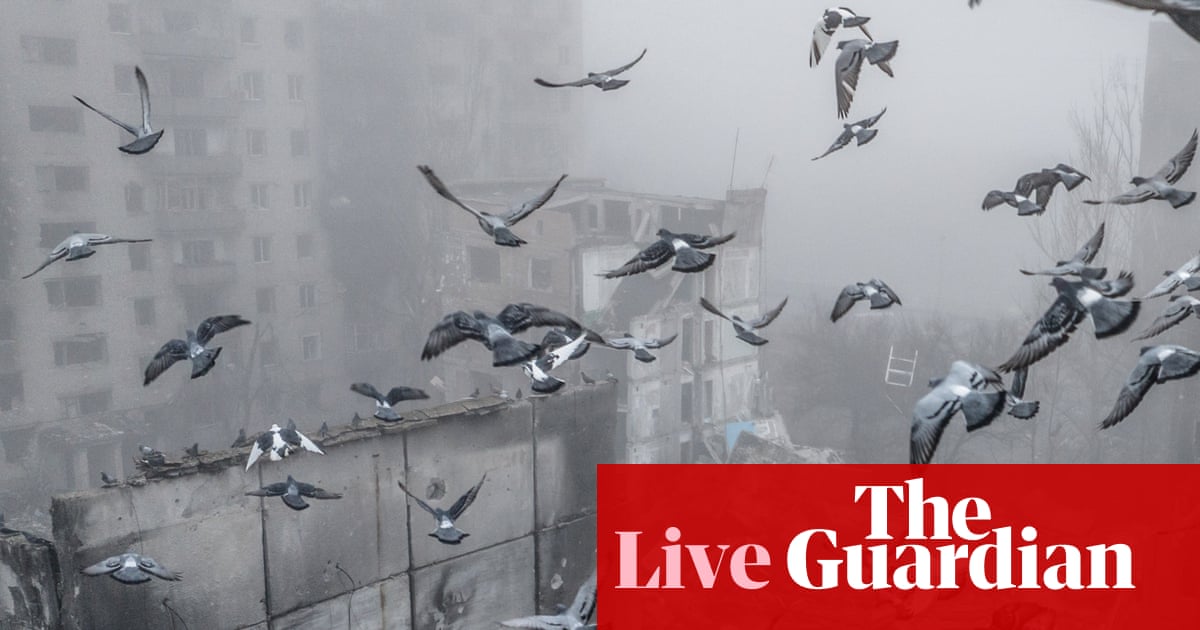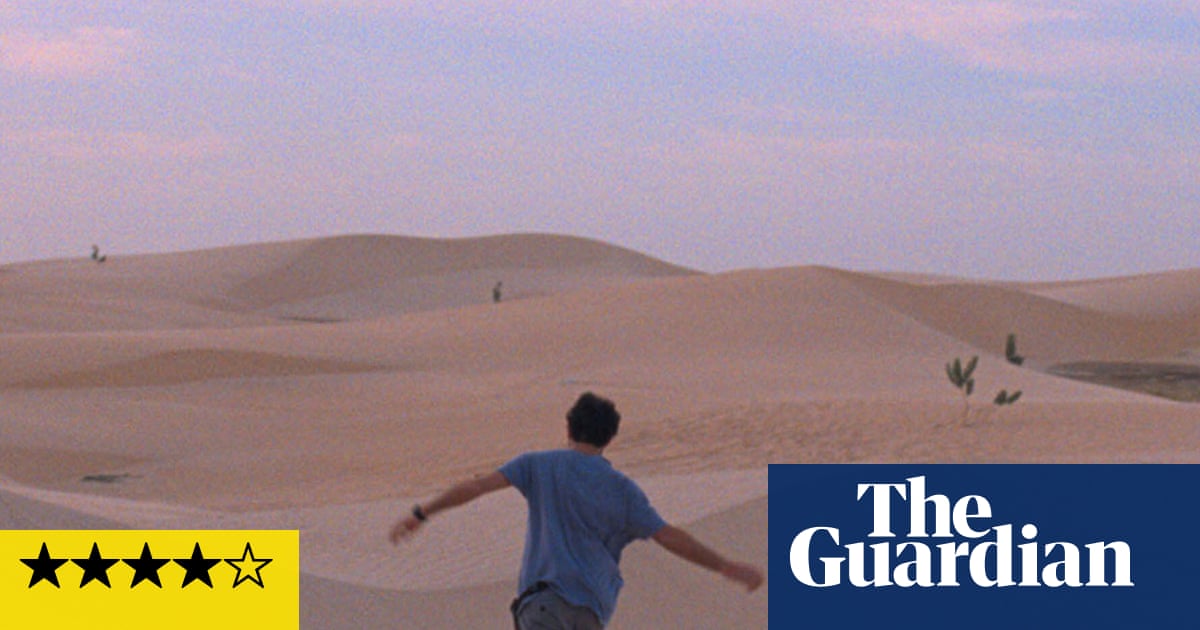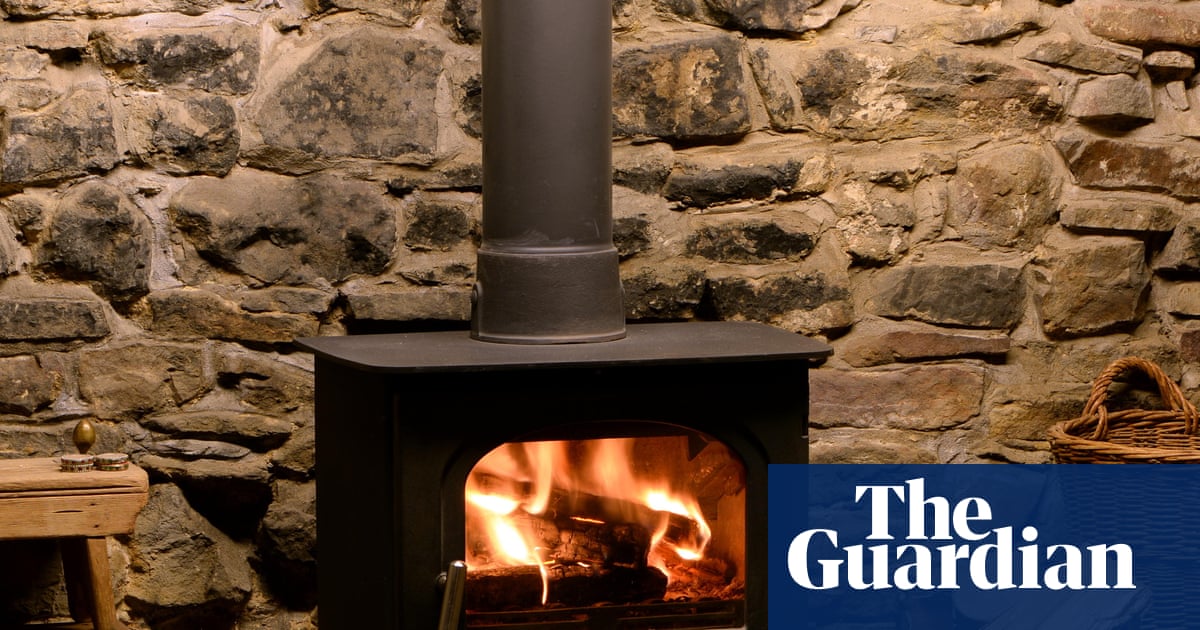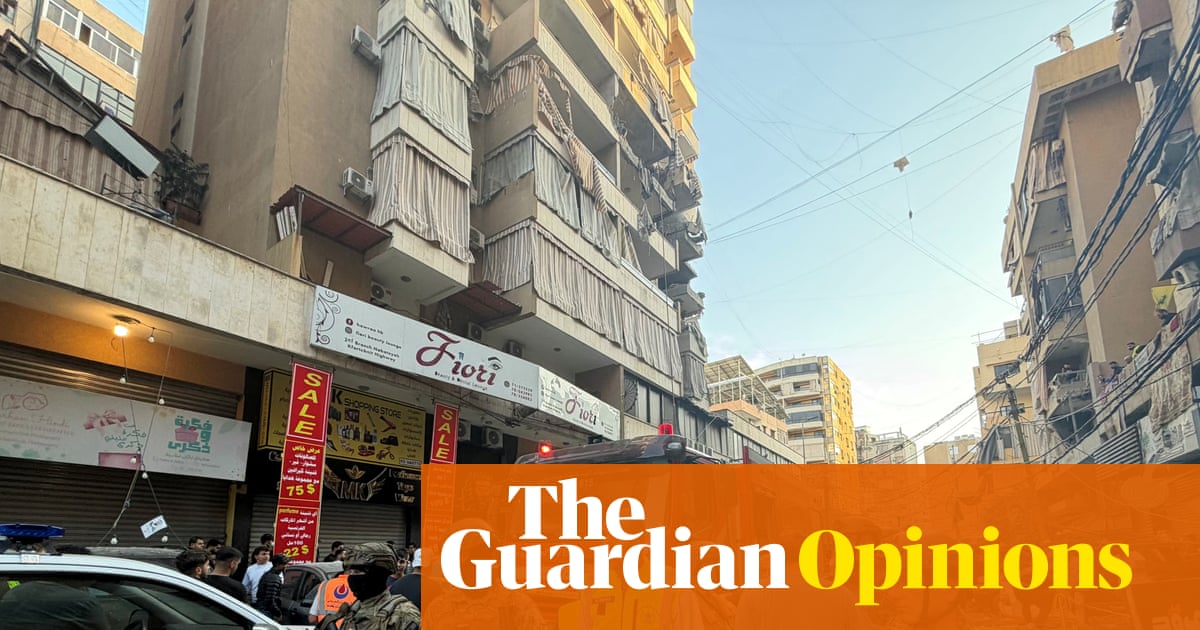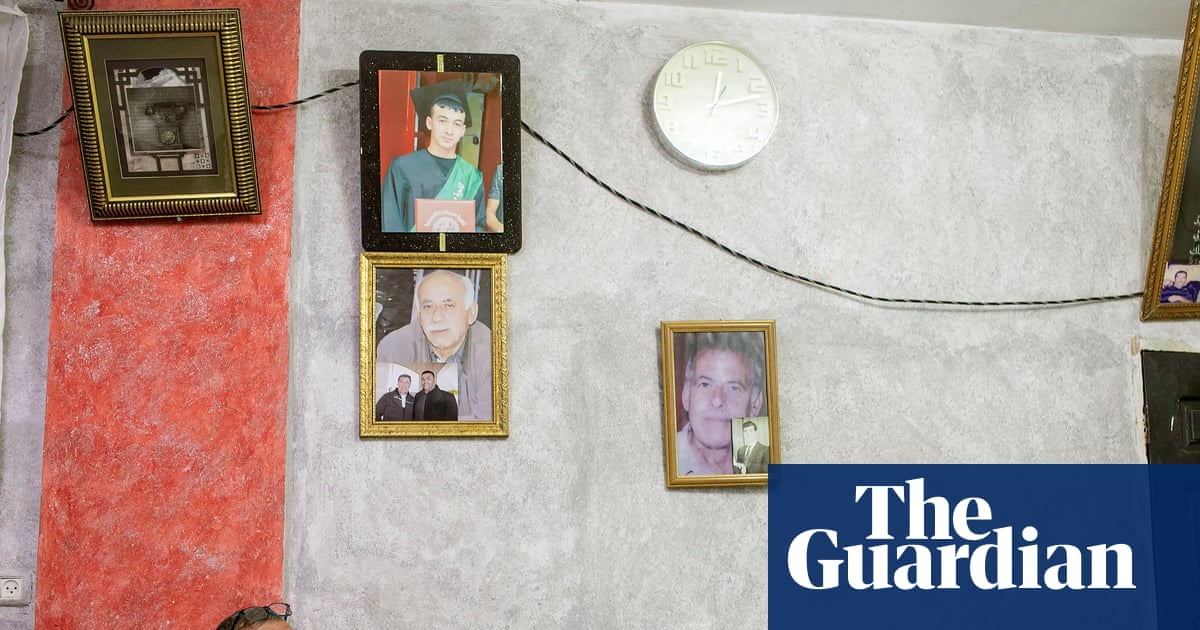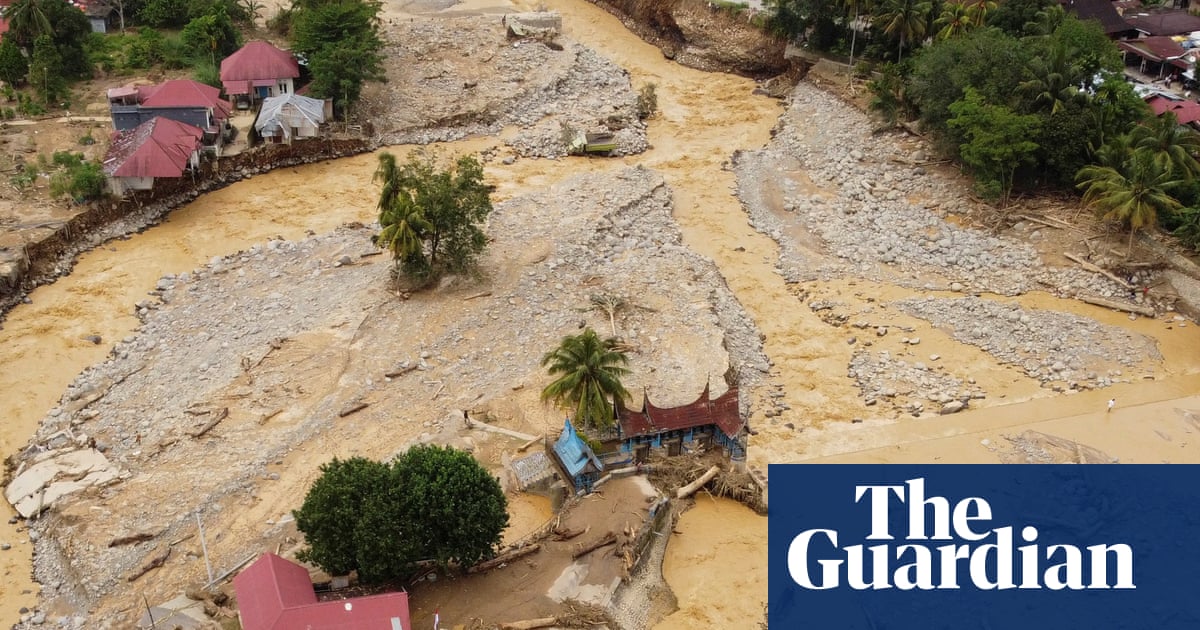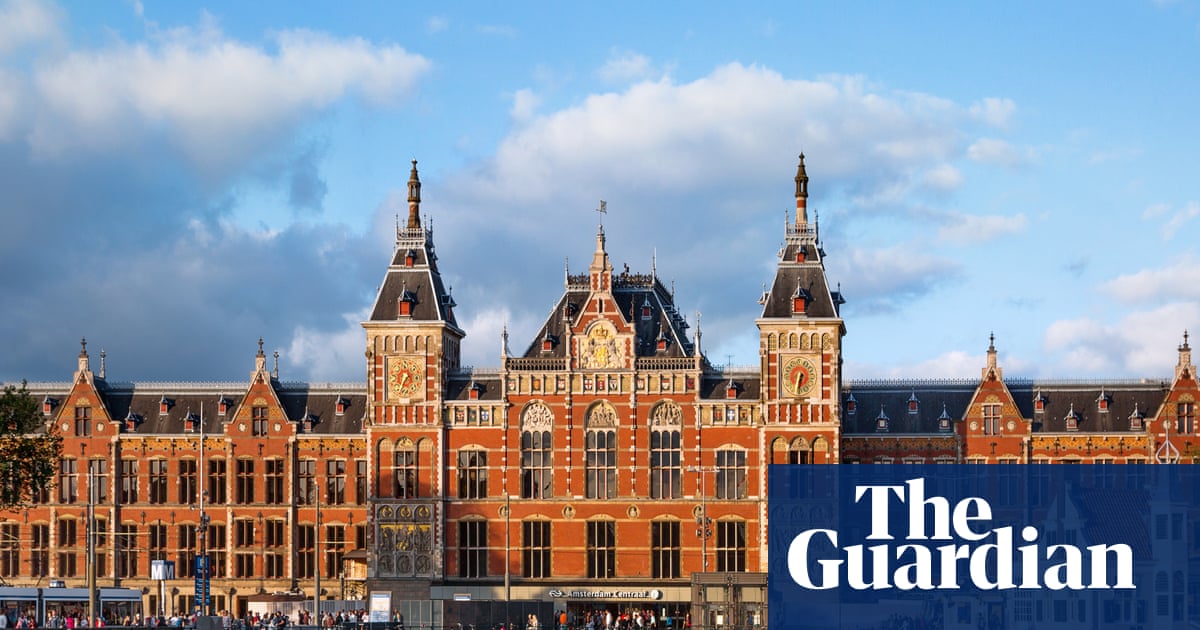To get to the geothermal pool of the Squeeze near Taupō in New Zealand, you need to kayak across a lake and wade through a stream pinched between the narrow walls of a canyon. As she walked through the forest to get to the pool, Carmen Chan could feel the mud between her toes getting warmer.
“It was such a visceral way to be in the forest,” Chan says. The pool had a hot waterfall, the steam from which created a fogginess “like an Indiana Jones adventure” – even though the real world, golf courses and highways, was only 6km away. A decade after that first trip, the now 32-year-old Chan is still hooked. The doctor regularly goes to local hot springs to soak her feet after a long shift at Rotorua hospital.
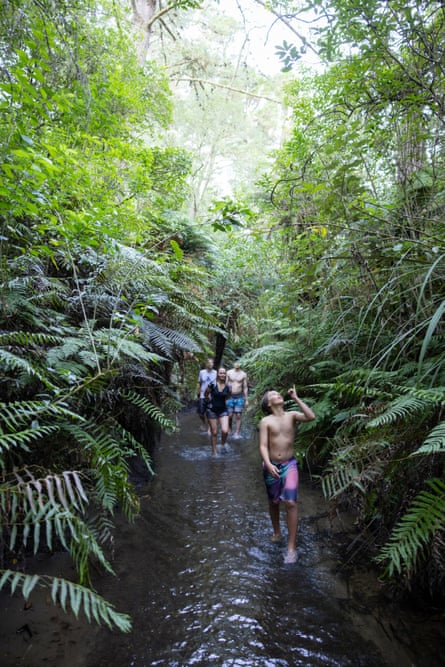
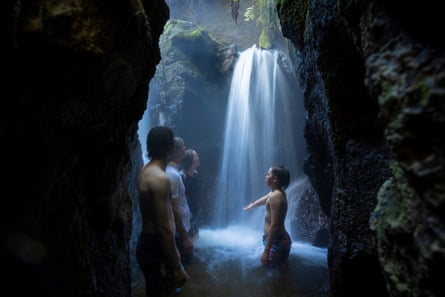
Rotorua, three hours’ drive from Auckland in northern New Zealand, has geothermal pools thanks to the Taupō volcanic zone, an area of activity caused by the Pacific tectonic plate melting as it is pulled underneath the Australian plate.
“Groundwater seeps through the crust and gets heated by magmas deep below,” says Adrian Pittari, an earth sciences lecturer at the University of Waikato.
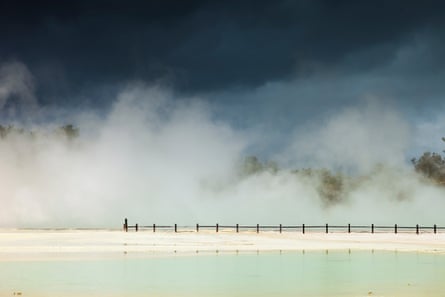
On a map of New Zealand’s hot springs there’s a trail of bright red dots, indicating springs of up to 90C, around Rotorua and nearby Taupō. The water has sometimes been as deep as 5km underneath the Earth’s surface where rock melts. Blue dots represent slightly cooler hot springs, created by the ambient heat of the Earth, scattered through the North Island and New Zealand’s Southern Alps.
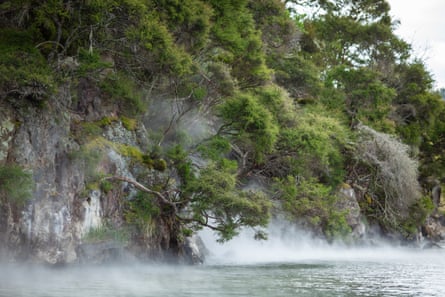
Where hot water spills from the earth, people have always gathered. Historical photos show Māori in the Rotorua area cooking food by lowering a basket into a near-boiling hot spring, or placing food underground to be cooked by steaming geothermal vents. At Whakarewarewa, a geothermal village in Rotorua, food is still prepared this way, and sold to visitors.
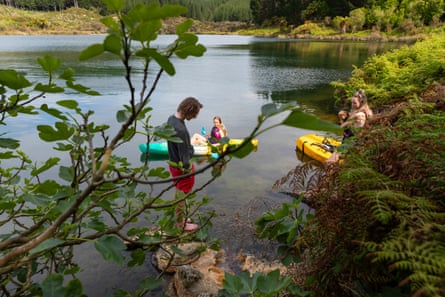

Hot springs have attracted tourists to the Rotorua and Taupō region since the 1800s, with the New Zealand government paying for spas and health resorts to be developed starting in 1880.
Today, geothermal activity remains a key draw for the area.
“They’re so dynamic and visual, you can see the Earth in action,” says Pittari. Numerous resorts and geothermal areas have been developed as tourist sites, with paid entry, spa treatments and information about the natural and human history of the area. Many, like Whakarewarewa, are owned and operated by Māori. The area also has geothermal electricity stations, providing power into the grid.
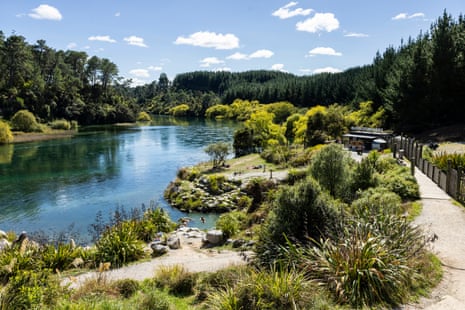
For locals, though, affordable basic hot springs or totally free sites in the forest are the way to go.
“I used to go to the hot springs every Wednesday,” says Joel Mani, who grew up in Rotorua, making visits to the hot pools a regular routine with his family until he moved to Hamilton for work last year. It’s further now, but he still makes his way to a thermal pool whenever he can.
His favourite pools, near Waiotapu between Rotorua and Taupō, have a warm spring right next to a hot one, and nearby parking with no thrashing through the forest required. Kerosene Creek, a warm river in the Kaingaroa Forest, is popular too, often filled with people soaking in the terraced pools.
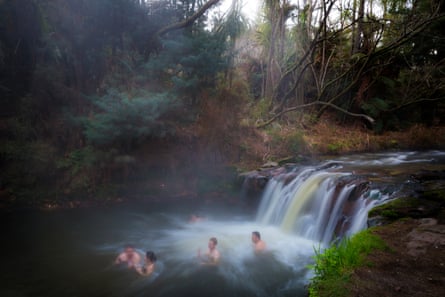
Going to a hot spring is social and relaxing. “Sometimes, it’s deep enough to do a manu,” Mani says, referring to the distinctive style of doing a bomb with one leg out popular in New Zealand.
On his weekly hot pool trips, he brings lots of water or other beverages to stay hydrated, and waterproof speakers to play music. One of the trade-offs is the persistent smell of hydrogen sulphide, “like farts or a toilet”, from the springs, but “you get used to it”, Mani says.

Pittari likes the pools around Wai-O-Tapu for their diversity of geological features, colourful sinter deposits and steaming pools rimed by minerals carried by the water from deep in the crust.
Eventually, Pittari says, the plate boundary will shift and there won’t be so much heat to supply the steaming streams, pools and waterfalls in the area. But that is millions of years away, and in the meantime humans can enjoy them. “People want to sit in hot water and enjoy these unusual places on our planet’s surface,” Pittari says.

 3 months ago
45
3 months ago
45




